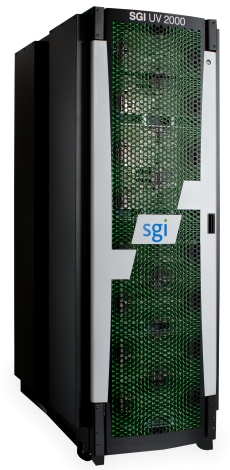You are all over the place. Please decide and make clear if you are talking about a hypotetical 64 bit only arch or the x86s from the article.
Leaving a few mode switches away at system boot does not increase efficiency, you are just falling for stupid marketing bullshit. It might reduce boot times by a few milliseconds and potentially make it easier for hard- and software devs in the future. Your link doesn't provide any benefit for the user.
Leaving a few mode switches away at system boot does not increase efficiency, you are just falling for stupid marketing bullshit. It might reduce boot times by a few milliseconds and potentially make it easier for hard- and software devs in the future. Your link doesn't provide any benefit for the user.



Comment